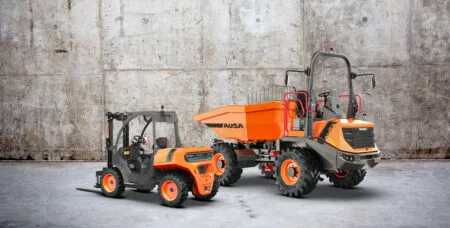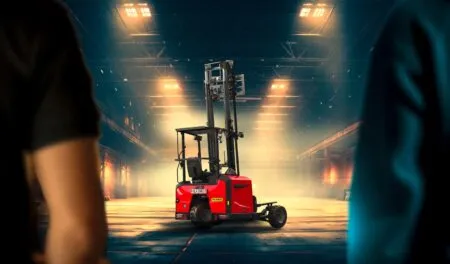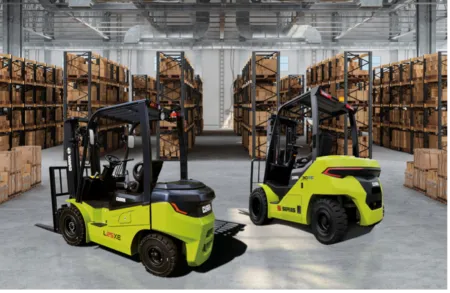Linde Material Handling will be launching two new models from its innovative Linde-Matic robotic truck series in time for the LogiMAT 2016 trade fair in Stuttgart, Germany, on March 8-10. The Linde T-Matic pallet truck and the Linde L-Matic AC counterbalance pallet stacker will complement the current range on offer.
Linde’s goal for the medium term is to offer one robotic version for each of its major product series, in cooperation with French robotic specialist Balyo. Further models are to be presented as early as May this year at the manufacturer’s World of Material Handling (WoMH) customer event which lasts for two and a half weeks.
Tomorrow’s intralogistics will be digitally networked and increasingly automated. One year ago, with the Matic series, Linde introduced its first warehouse trucks that were able to navigate autonomously in the warehouse without additional infrastructure. The trucks can react to obstacles in real time, are scalable and flexibly adjustable to new warehouse layouts. Routes and driveways in the mapped area can be learned quickly and easily. The trucks perform their tasks independently of working hours and provide maximum traffic safety. In combination with wireless LAN modules (so-called Comboxes), the vehicles’ supervision software ensures the connection with roller shutters, belt conveyors and pallet stretch wrapping machines, and that it receives orders from corporate ERP or warehouse management systems (WMS) and translates them into transport orders.
In spring 2015, Linde presented its first robotic trucks: the Linde L-Matic pallet stacker and the Linde P-Matic tractor. The new Linde T-Matic pallet truck now features long forks for transporting two pallets at a time. To this end, the robotic truck has a lifting capacity of three tonnes. By comparison, the Linde L-Matic AC counterbalance pallet stacker facilitates the transport of closed load carriers and is predestined for picking up loads at P&D stations that are not accessible from underneath by the load arms (e.g. roller channels). It can accommodate loads of up to 1.2 tonnes. The four currently available robotic models, which are all based on the respective Linde standard trucks, can cover a wide range of tasks in the warehouse.
To date, the robotic trucks are mainly used in the transport of pallets and trailers. The distances covered can extend to up to several hundred meters. Usually the goods are moved between the warehouse and the manufacturing area in order to ensure production supply and removal.
The vehicles are also used to bring goods to an intermediate or bulk storage section after unloading from the lorry, or to consolidate different products prior to loading the lorry.
Automated robotic trucks are usually used together with manually-operated industrial trucks, forming mixed fleets of trucks that interact with each other, for example, in the hand-over of load carriers.
March 4, 2016




